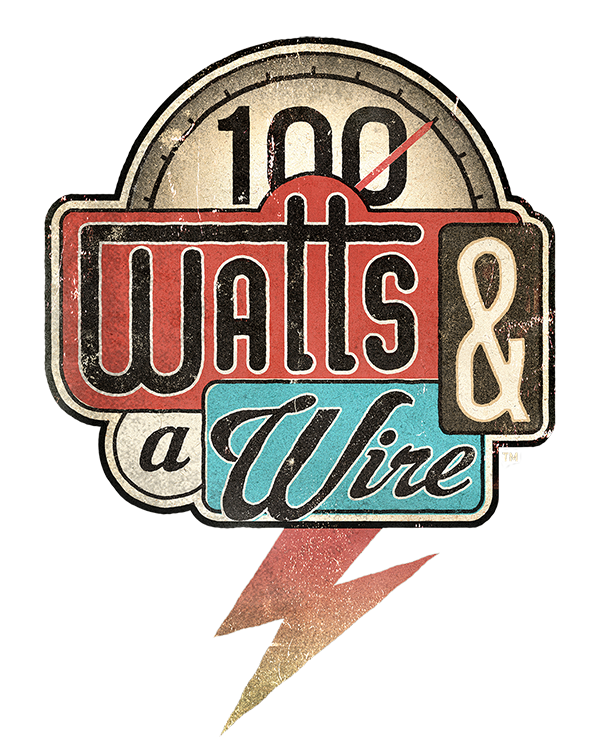I'm not generally a video person, but here's the second post in a row with a video to provide the update on the progress in my shack! Aren't we so lucky?
Last time I was sharing some info on the VU meters/Relays/Arduino arrangement that I came up with to give me an indication of which thing in the shack was generating audio. This time, the update is more about progress towards getting some additional shack automation, and eventual remote operation ability. We start off with the shack "powered down" (mostly) so that you can see everything "come-to-life." My very amateur code is available on Github (search for user N3VEM on github and you'll find it) and the boards and relays I'm using are listed below as Amazon Affiliate links. (P.S. I switched from an Arduino Uno to an Arduino Mega for the control functions between the last video and this one as well. )






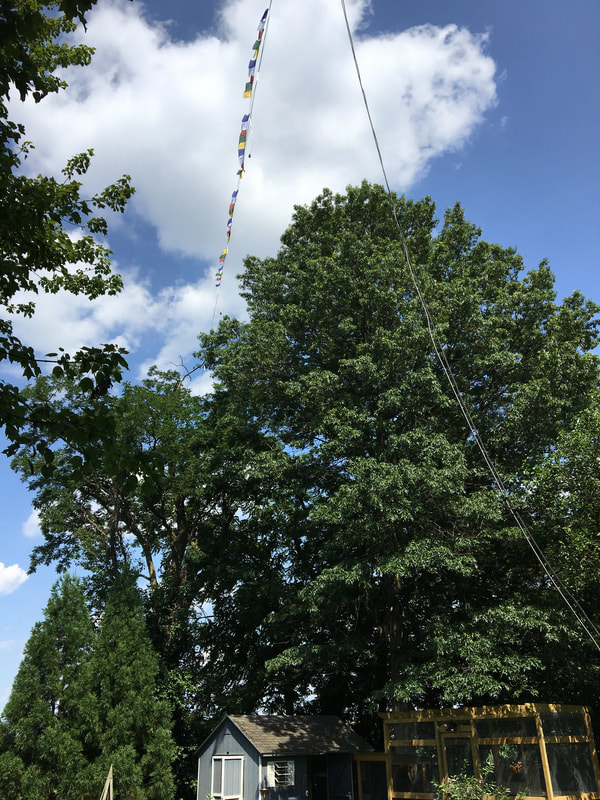
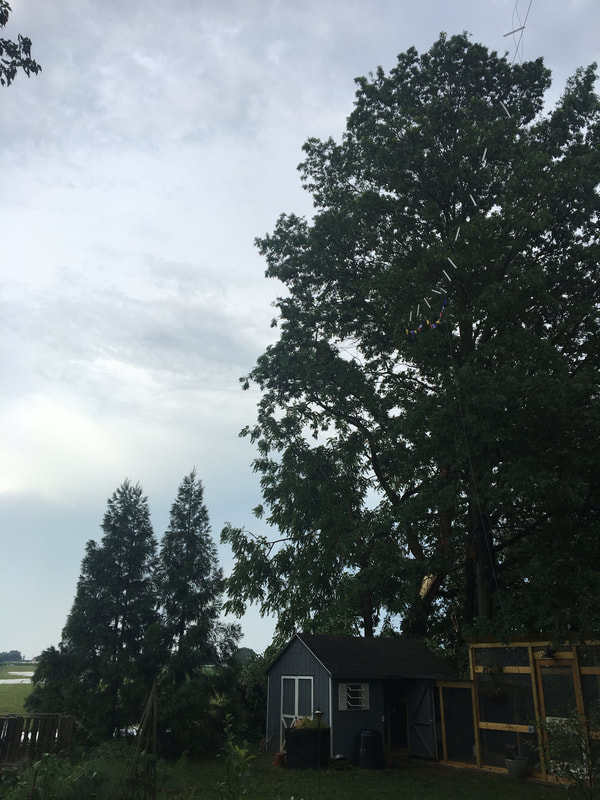
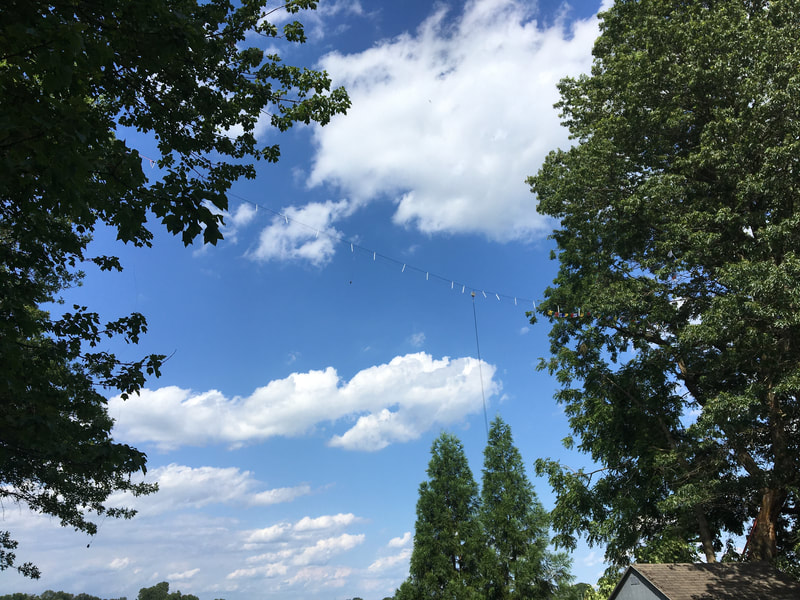
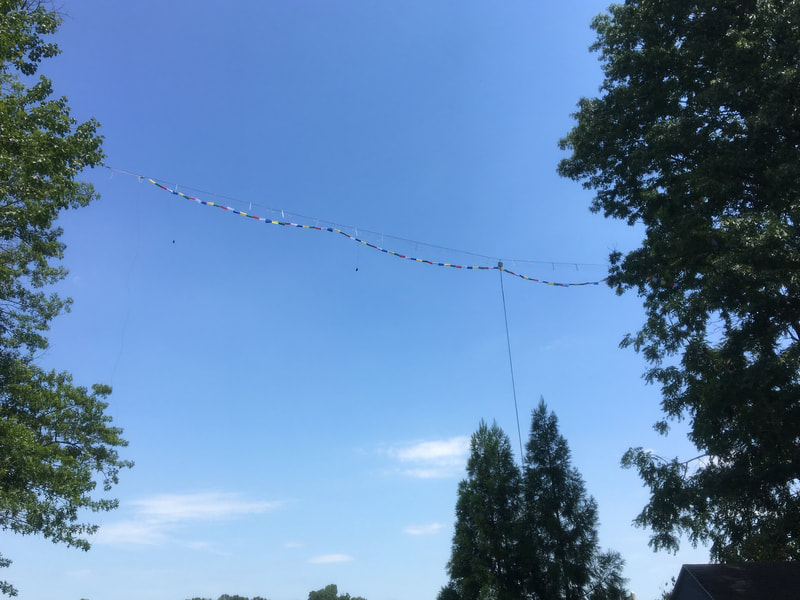
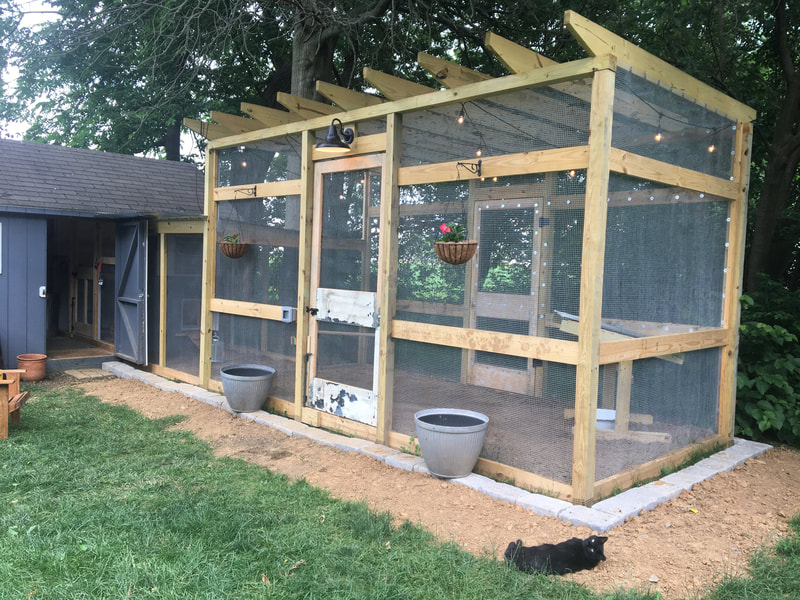
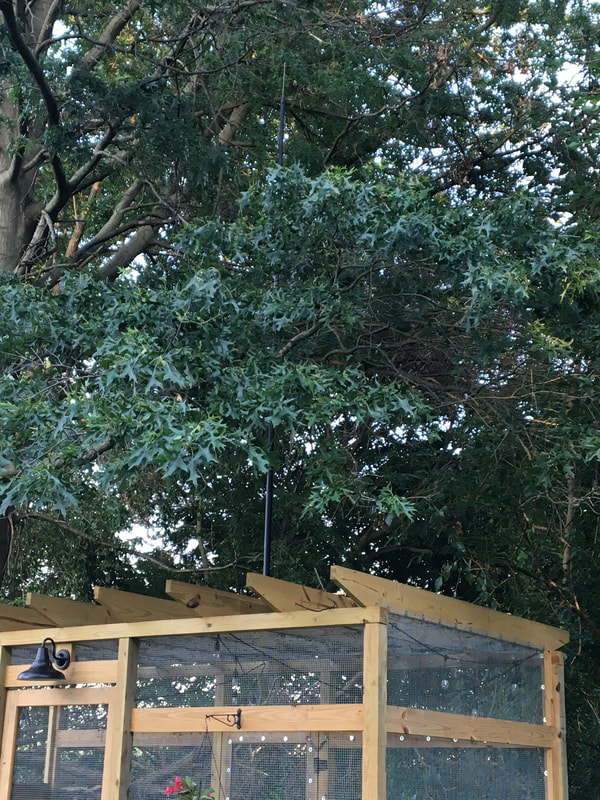
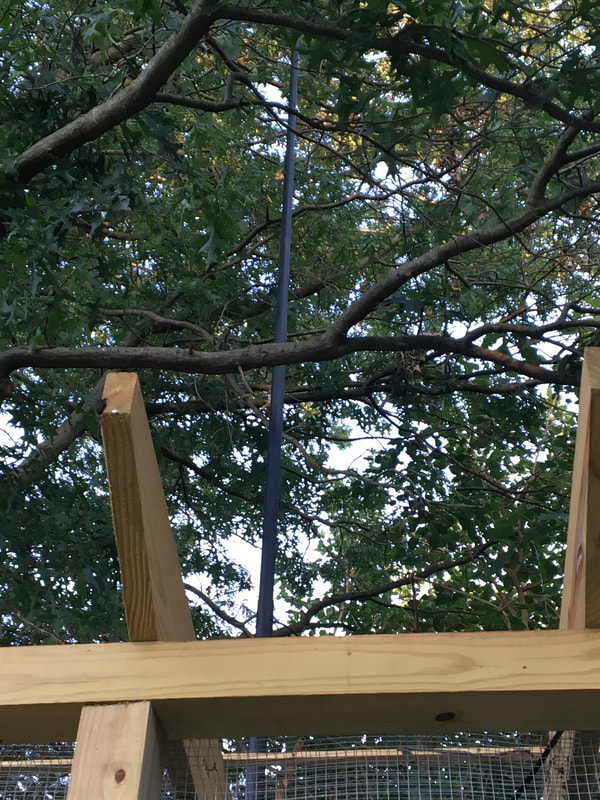
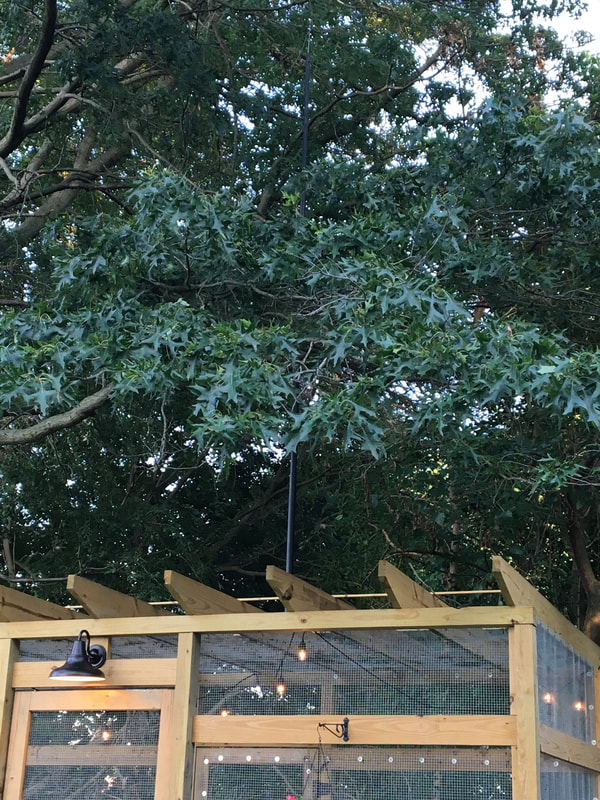



























































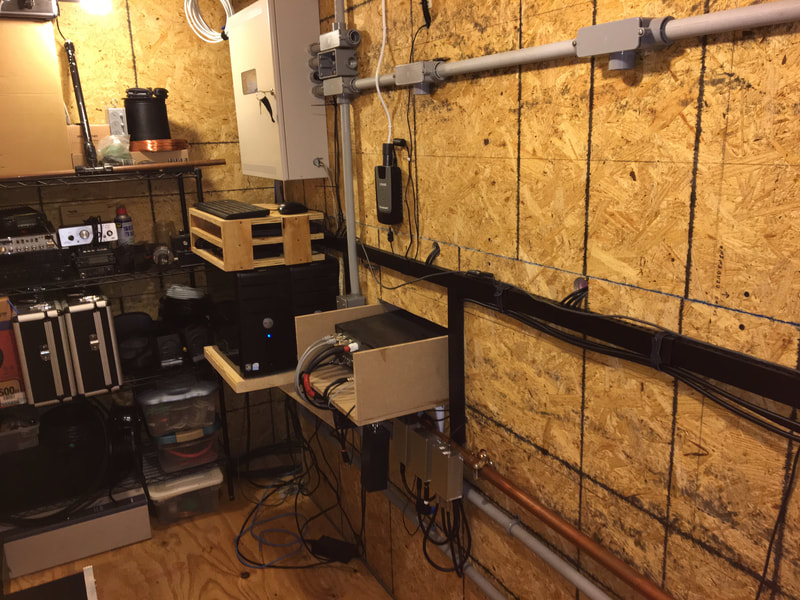

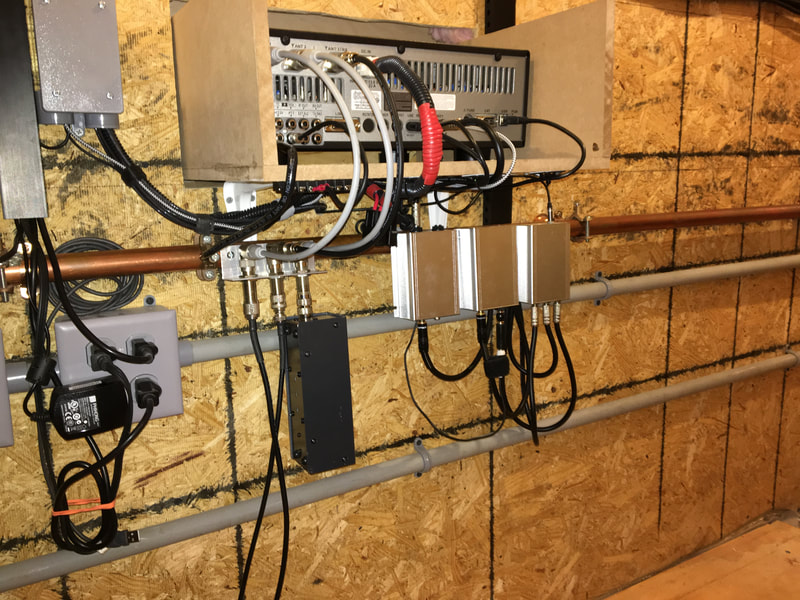
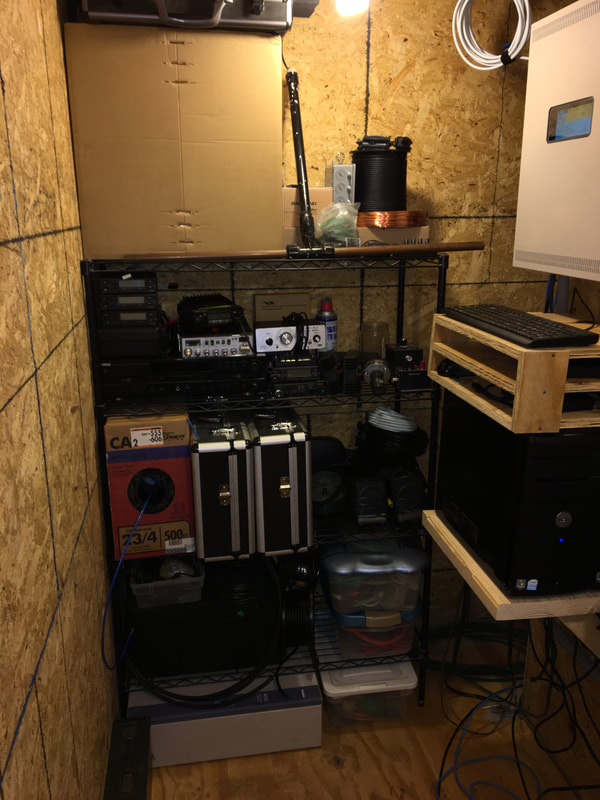

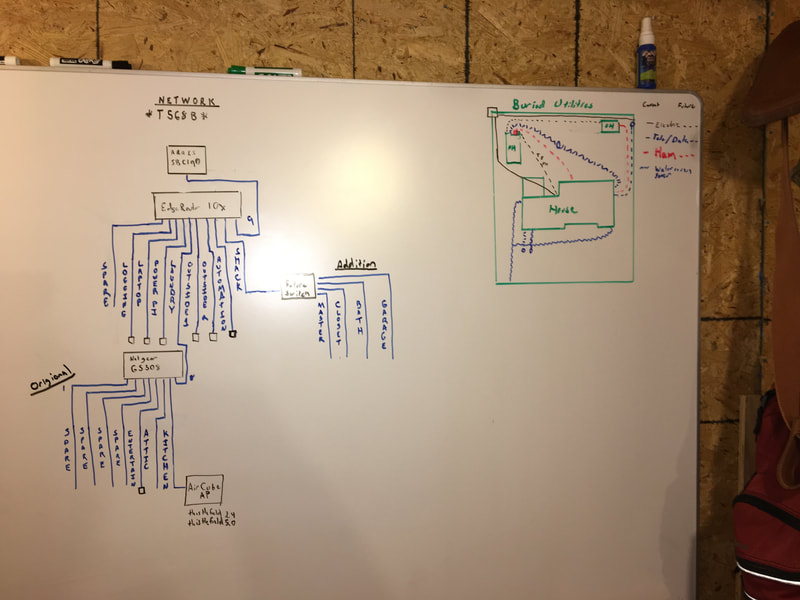
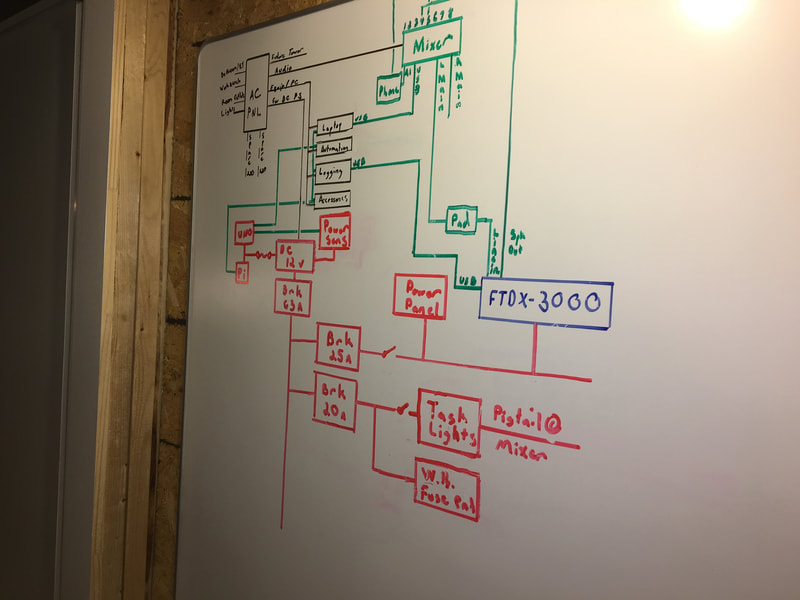
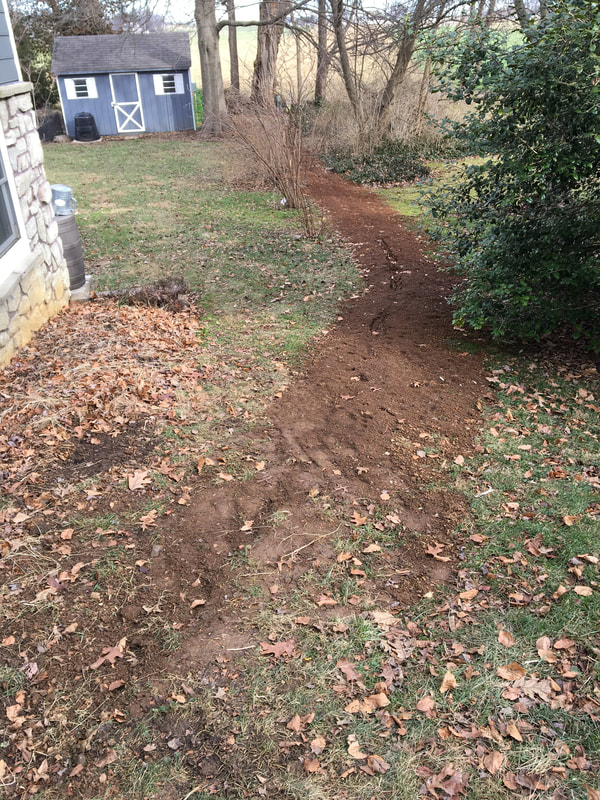

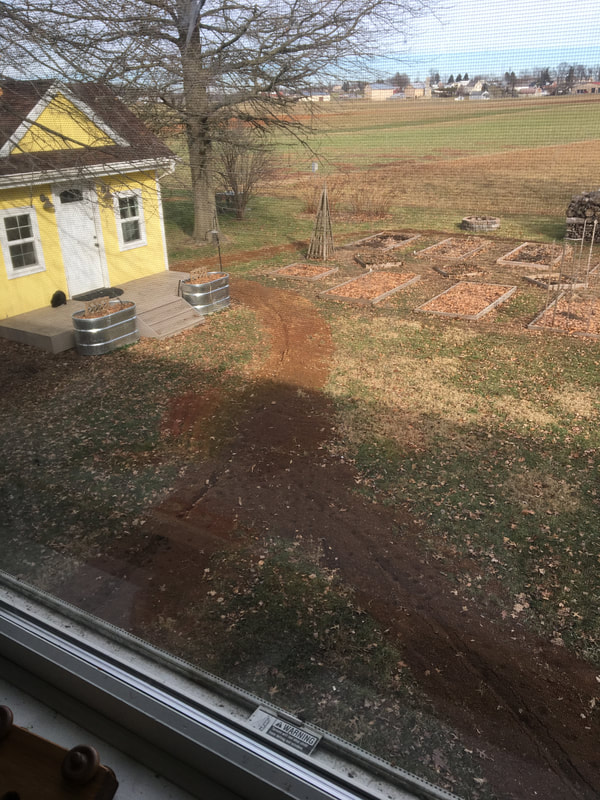
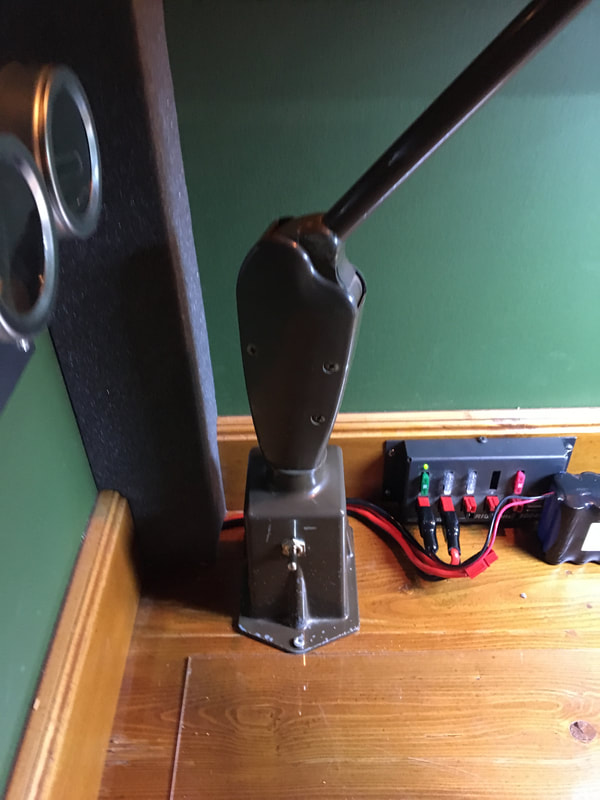
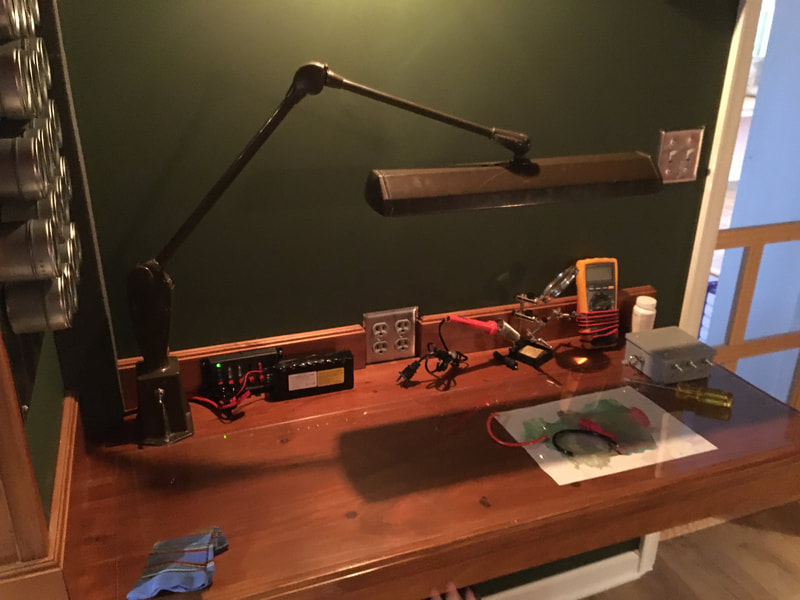

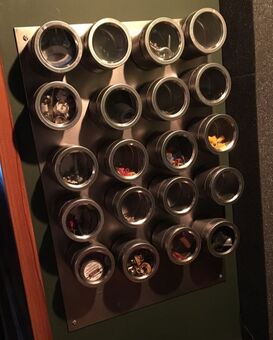
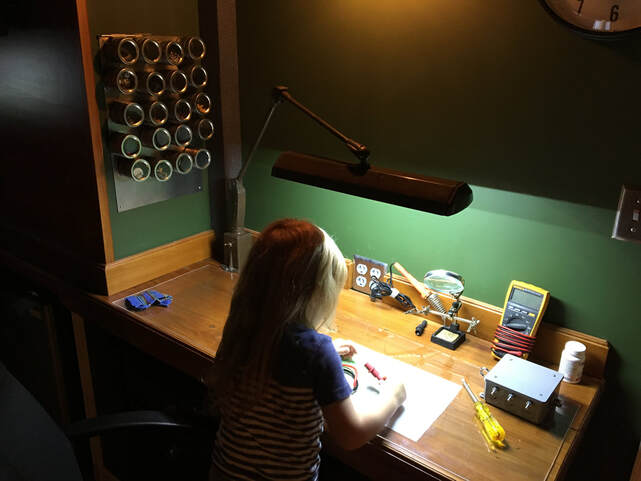
 RSS Feed
RSS Feed


